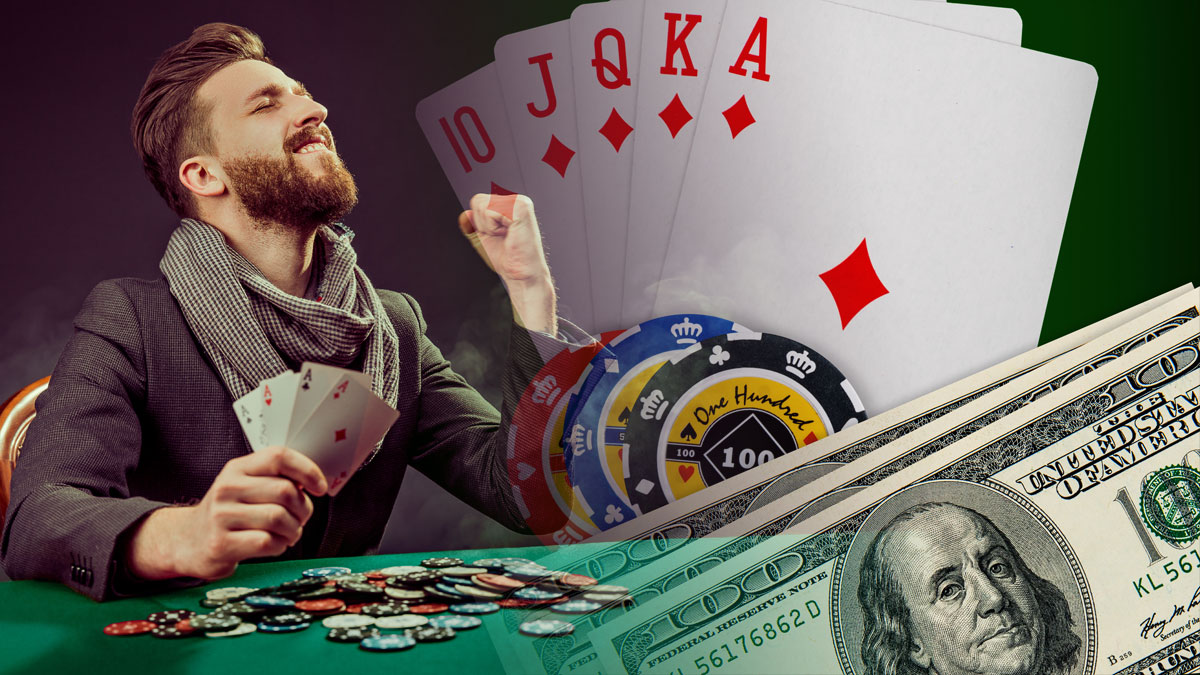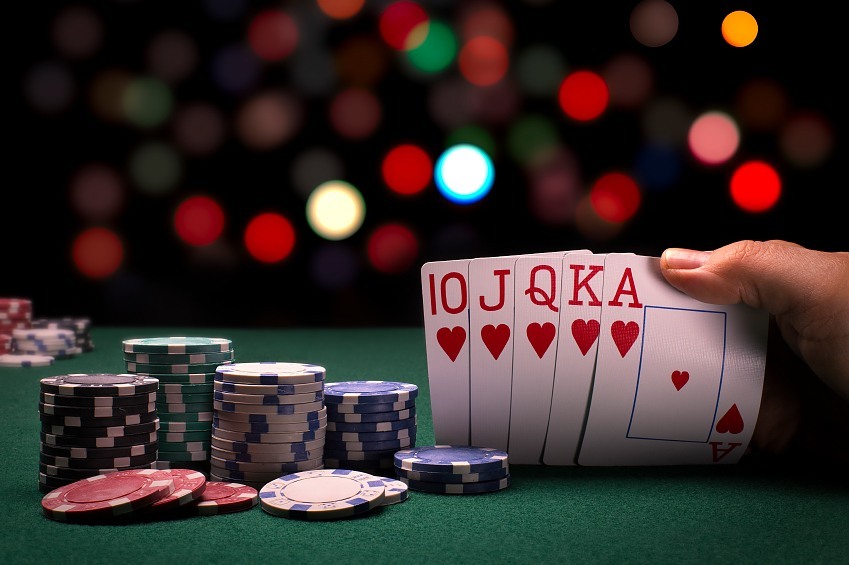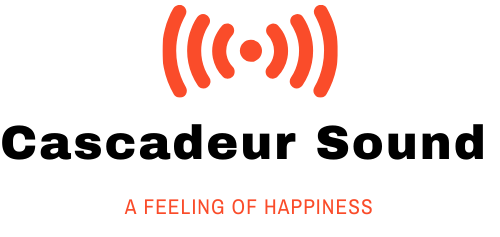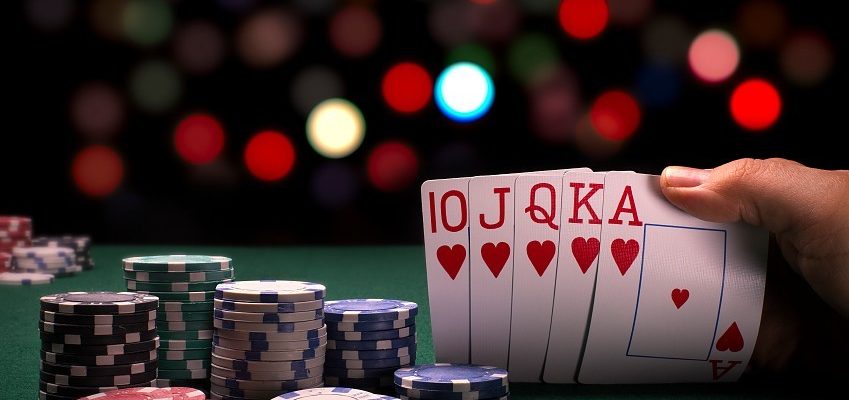You have control over at least two factors that help determine a win in poker: your psychology and your opponent’s psychology. Ok, you don’t have control over your opponent’s psychology, exactly. It’s artistic license to phrase it that way; it sounds better. However, you do have some power when it comes to your opponent’s psychology and you need to be aware of it if you’re going to in any serious number of games.
You need to stay aware about the frauds and risks at the 파워볼 platform to have the desired results. The beating of the opponent is possible for the players. The safe and secure platform should provide the best experience to the gamblers. More winnings are provided to the players.
Welcome to the world of power tells!
A is a habit, behavior, or reaction, somehow physically manifested, that reveals some information about the player’s hand. Rather, it reveals information about the player’s response to their hand – whether it’s good or bad. Tells can be used most effectively to figure out if your opponent is bluffing or not; whether they have a strong or a weak hand; whether they are trying to give you false tells!

The tells most often featured in top ten lists are, not surprisingly, the most common tells you encounter at the poker table (in real life).
The Eyes: A window into the sole, the eyes of a player are goldmines of information so it shouldn’t come as a surprise that many professional have taken to wearing sunglasses when they play.
There are the most common tells for the eyes and what they suggest about the player’s hand:
Long looks at cards: many players can’t help but stare at big hole cards.
When a player looks to the left, this suggests they are looking to steal the pot. The look suggests they want to see what the remaining players are going to do.
Facial Expressions: Facial expressions are another window, not always as clear as the eyes, but certainly quite revealing. Many professional poker players have gone to great lengths to hide their face as well.
Look for signs of discomfort, unhappiness, or nervousness as these are classic signs of a weak hand.
Watch out for repetitive characteristics too (twitches and such) as these are a strong indication of the same.
The Act: A lot of poker players, particularly inexperienced ones, try to act a particular way, thinking that it will deceive their opponents. Well, it doesn’t. At least, it shouldn’t. In it’s most simplistic form, the act in a poker game is an effort to communicate the opposite message. A player trying to act as if they have a good hand – raising their voice, trying to look intimidating – is probably bluffing. One who is trying to look intimidated – twitching deliberately, for example – is working to suggest that their hand is weaker than it is.Watch for classic signs of anxiety. Use your own judgment to detect anxiety as much as the advice here, but remember that anxiety is often revealed by the flexing of muscles, palpitating heart rate, dry throat, eye and pupil dilations. Look out for what psychologists call the fight or flight stimulus response. In poker, someone with a big hand can exhibit these characteristics, so too when someone is bluffing.
When someone has a big hand, their voice may become slightly higher. They may try to make comments to off-set the other players.
Something you may decide to try: some of the most experienced players will look at the vein on the top-side of their opponent’s face to check for changes in blood pressure. Trembling hands can be another sign of a big hand.

Glancing at chips and hole cards: Many player look quickly at the chips and it can be a sign that they are planning to attack; peeking at the chips is generally a subconscious reaction. Some players have the similar habit of looking at their hole cards. Generally this is a sign that they are bluffing but again, you should use your instincts and experience to make a determination.
Repetitive betting patterns: These are common in novice players but they may work their way into advanced games too. Experienced players are not infallible and they may overlook their own habits. If you pick up on a repetitive pattern, respond to it as you feel appropriate. If your opponent always checks when he has a strong hand or folds after being re-raised, take these patterns into consideration to assess the value of their hand.
Body Posture, Attitude, and Chip Stacking: Watch out for hunching, slumping, and straightening of the posture. Mostly, players slump when they have a weak hand and lack confidence. If a player appears increasingly attentive to the game – looking physically and mentally more alert – this is generally a sign that they have a strong hand. Watch out for leaning in as this is generally a sign of weakness masquerading as strength.
Chip stacking habits are another give away – perhaps the ultimate give away of a player’s general habits. If your opponent presents unorganized and sloppy stacks of chips, they are probably a loose aggressive player. Well-organized chip stacks naturally denote a conservative and tight player.

